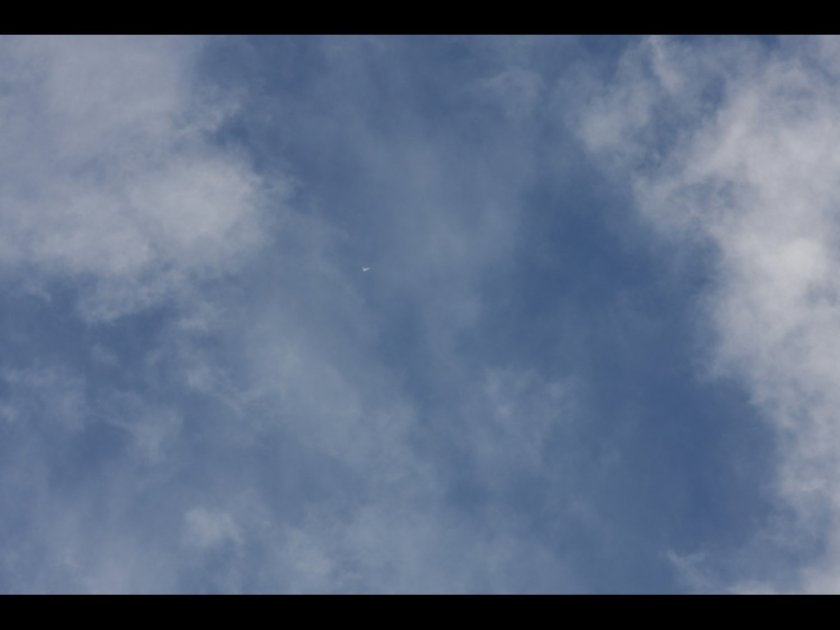
Yesterday, at 5.48pm PDT, I witnessed a shuttle event for the first time. Following the 13-day long STS-128 mission to the International Space Station, shuttle Discovery had to be redirected to land at Edwards Air Force Base, about an hour north of Los Angeles.
Excited, I kept track of the shuttle’s progress as it re-entered the Earth’s atmosphere and made a fast decent toward the Californian coastline. I quickly realized that the shuttle’s flightpath would not only take it over LA, it would be flying straight over my house! (Give or take a few pixels on my laptop screen, that would probably translate to several miles, but hell, it was close enough.)
I knew there might be a good chance that I’d hear the shuttle’s sonic boom as it passed over LA County, but I wanted to see the approaching shuttle too.
Unfortunately, it was one of the few days that there was low cloud patching the sky, so the chances were slim. Either way, I had a good chance of hearing the sonic boom if I got outside and listened very hard. I was told on good authority (by ace Discovery Space correspondent Irene Klotz) I should be able to hear the shock wave about 4 minutes before touchdown.
There was 6 minutes to go, so I ran outside to listen out for the distant thud of Discovery slamming though the atmosphere 14× the speed of sound.
Distant thud? Are you sure about that, Ian?
Although I was prepared to hear a mediocre bang, I wasn’t prepared for what really happened–
BOOM! BOOM!!!
Stupidly, I was balancing on a chair, shading my eyes in the hope of seeing a little dart-shaped shuttle through the clouds… with my laptop under my other arm so I could hear the NASA TV commentary a bit better. Not smart. I nearly jumped out of my skin when I heard that! I’m amazed I didn’t drop the laptop and fall off the chair, it really was that loud. Almost like a bomb going off.
Once I put the computer down on a more suitable surface, I shouted “Holy crap!” (on Twitter too). I was shaking a little. I heard the neighbours chatting about the noise; a car alarm was sounding and dogs were barking (hence the reference to the funny title, as said by @08HD_DynaSGC). I’d just heard the space shuttle, pass overhead, after spending 13 days orbiting the Earth, docked with the space station.
The enormity of the Shuttle Program struck me really hard, and I felt a little emotional. I hadn’t even seen a shuttle with my own eyes, all I’d heard was its sonic boom. I can only imagine how I’d react if I actually saw a shuttle launch, or a landing. I hope I do, soon, before the remaining six shuttle missions are out…
Image source: Spaceweather.com








